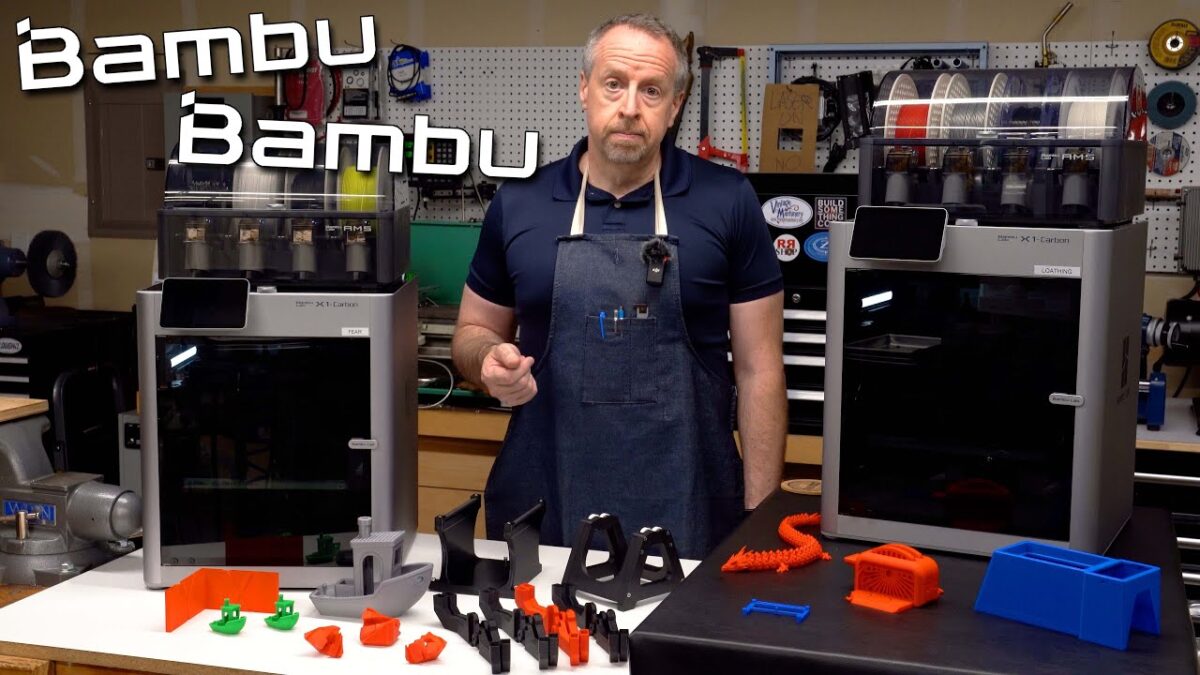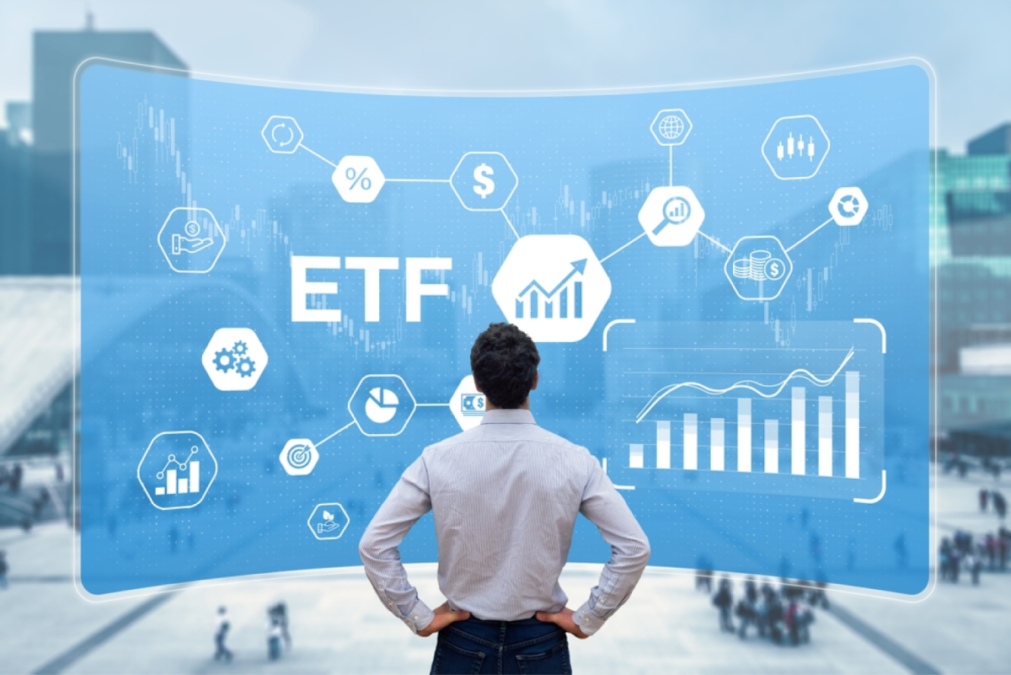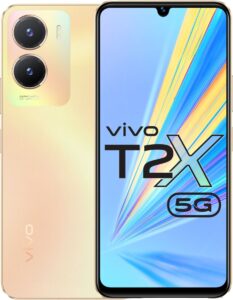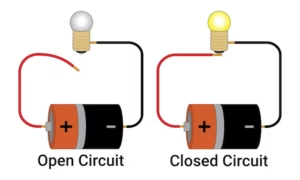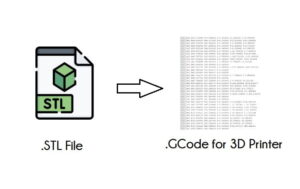The financial market is the battlefield, and for a long time, the S&P 500 has been the yardstick for investment success. And yet, some active ETFs have indeed managed to outperform it handsomely and continually, at times with great returns.
Check Out:
The Human Issue: How Corporations Can Forestall Cloud Disasters
Understanding Active ETFs
What Are Active ETFs?
Active ETFs are actively managed exchange traded funds whereby portfolio managers actively choose investments in real time. Active ETFs are contrasted with the passive ETFs that track a given index without them making decisions to outperform their benchmarks through deliberate selections of securities believed to provide superior returns.
Differences with Passive ETFs
An active ETF differs from a passive one primarily by how the ETF is managed: passive ETFs track an index, such as the S&P 500, while actively managed ETFs employ a fund manager to exploit market opportunities, which potentially leads to higher returns.
The S&P 500 as a Benchmark
Why Beating the S&P 500 Matters
The S&P 500 is composed of 500 large companies listed in the United States, and is considered an ideal benchmark owning to its representation of the market. To be an outperformer is not an easy task and means great fund management.
Active vs. Passive Management Performance
Passive ETFs usually thrive well in stable markets, however active ETFs can shift during volatility, thus they gain more quickly in opened windows and they can minimize their losses as well.
Spotlight on 2 Active ETFs Beating the Market
ETF 1: Steady Growth for Years
This ETF has become renowned for earning steady returns based on a broad spectrum of investments and active management.
Main Holdings and Strategies
The portfolio focuses on growth-based companies in the technology and healthcare sectors. Through timely asset rotation based on market sentiments, it reaps the benefits arising from thriving industries while limiting losses.
Performance Indicators
Over the last five years, this ETF outperformed the S&P 500 with an average annual return of 12.5% against the S&P 500’s 10.3%. As stable as volatile, it has continued to show incredible endurance in both types of markets.
ETF 2: Which Continuously Introduces Innovative Stocks into Its Portfolio and Maintains Strict Risk Control
Investment Style
This ETF focuses on undervalued growth companies with a mix of small-cap to mid-cap stocks combined with an advantage by the large-cap leaders. Its strategy incorporates international exposure, giving it an extra edge in global market dynamics.
Long-Term Performance Analysis
This ETF has a five-year average return of 14%. It outperformed the S&P 500 through diversified portfolio investments and even survived hard times.
Factors Contributing to Their Outperformance
Active Management Strategies
The ETFs function well due to the expertise of its portfolio managers, which enables them to maintain a competitive edge by conducting detailed market research and adapting promptly to changes in the economy.
Diversified Portfolios and Market Adaptability
Active and Index ETFs both primarily emphasize diversification and flexibility, distributing risk across a wide range of sectors and adjusting to their holdings according to market tides.
Pros and Cons of Active ETFs
Benefits of Active ETFs
- Potential for Greater Earnings: With expert fund management, possible returns may be higher compared to benchmark indices, including the S&P 500.
- Flexibility: Similar to SMA strategies, Active ETFs will be able to participate in market conditions and make the most of it across various industries.
- Transparency: Almost all actively managed ETFs declare their portfolio on a daily basis in order to provide their clients with information.
Risks to Keep in Mind
- Higher Expense Ratios: Actively managed ETFs tend to have relatively higher expense ratios than passive ETFs.
- Uncertainty of Performance: The potential for outperformance does not guarantee it.
- Market Risks: Like any investment, market conditions may affect returns.
How to Invest in This ETF
Evaluating Their Fit in Your Investment Strategy
Each of these products must be considered when incorporated into your investment plan in terms of individual financial goals, tolerance for risk, and time frame. The funds should be suitable for ant investors who are keen in high returns with moderate risk taking ability.
Steps for Investing in Active ETFs
- Research and compare the performance of active ETFs at credible financial platforms.
- Review its figures of expense ratios, holding, and past performances.
- If a financial advisor has not already been consulted, do so if this is necessary now, instead of during a routine move or to save money.
- Open your brokerage account or retirement plan which will allow you to invest in ETFs.



